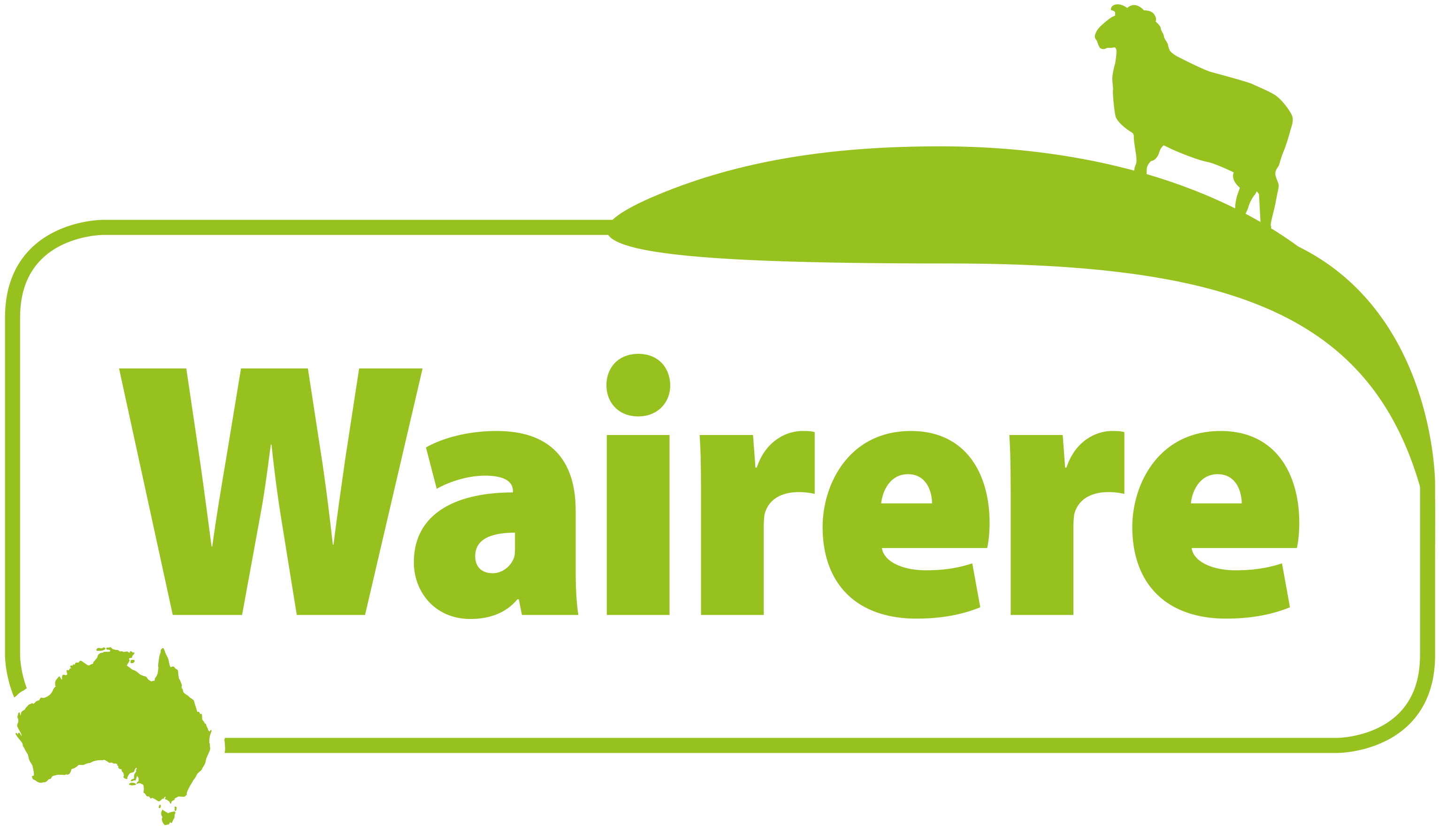BREEDING STRATEGY
Sheep farming in New Zealand is being pushed back into the hill country, or onto land which frequently faces drought. The trend has been towards more extensive farms, less labour, and lower fertiliser input, yet improved productivity is needed from easy-care sheep. Climatic stresses require genetics capable of bouncing back quickly.
Nationally, the Wairere reputation is built around shifting ability and the ability to bounce back after a hard time.
SIZE AND SCALE
The Wairere Romney flock comprises:
- 7,000 SIL recorded ewes and twinning hoggets
- 7,500 multiplier ewes and ewe hoggets
- 2,500 ewes which provide rams for Wairere King
- 1,030 Challenger ewes (facial eczema resilient, tested at .40 sporidesmin). Dose rate to increase to 0.45 in 2017
- 800 Dominator (composite terminal) ewes
- 1,700 SIL recorded composite ewes
- Multiplier ⅜ Texel ⅜ Romney ⅛ Finn ⅛ East Fresian
- Tufguy ½ Texel, ½ Romney
CONSTITUTION
We select for constitution by mob stocking on second class hill country at a high stocking rate, averaging 750kgLW/ha wintered. Wairere is a good testing ground, winter wet, summer dry, and in a class 1 wind zone. Nationally, the Wairere reputation is built around “shifting ability” and bouncing back after a hard time”.
GROWTH RATE
This is the key attribute to making sheep farming easier and more profitable. Faster growing lambs are sold earlier and, therefore require less work. Fast growing ewe lambs provide the option of hogget mating or easier wintering. We couple a big emphasis on growth rate with carcass analysis. Carcass traits have been used on Wairere maternal index for over 20 years.
EYE MUSCLE AREA
Since 2001, up to 7,000 ram lambs each year have been measured for eye muscle area. This measurement is integrated into our SIL index. From 1994 to 2014 Wairere was involved with the Wairarapa Romney Improvement Group in an annual sire evaluation trial comparing progeny saleable meat yield.
HOGGETS MUST GET IN LAMB
Since 2003 only those hoggets which get in lamb have been eligible as replacements, despite the difficulty of doing that with Romneys in consecutive droughts. This selects for early maturity and fertility. We had to relent once, in 2009, keeping 140 (8%) not in lamb.
EASYCARE LAMBING
All ewe hoggets have been mated since 1966, and are all lambed unshepherded. Selection for easycare lambing and against bearings has been practiced for more than forty-five years.
HEAVY CULLING
We run all sheep in large mobs, and let the fittest survive. Big numbers allow heavier culling.
MINIMAL DRENCHING
We practise minimal drenching in young stock. For six years ram lambs were a part of an AgResearch trail for resilience and resistance to internal parasites. Ewes and two tooths have not been drenched since 2005, except a small proportion four times in that eleven years.
REDUCING YOUR WORKLOAD
Like you, we cull heavily on dags, and other basics like feet pasterns. We are always thinking about how to reduce your workload.
Data Capturing and Technology

